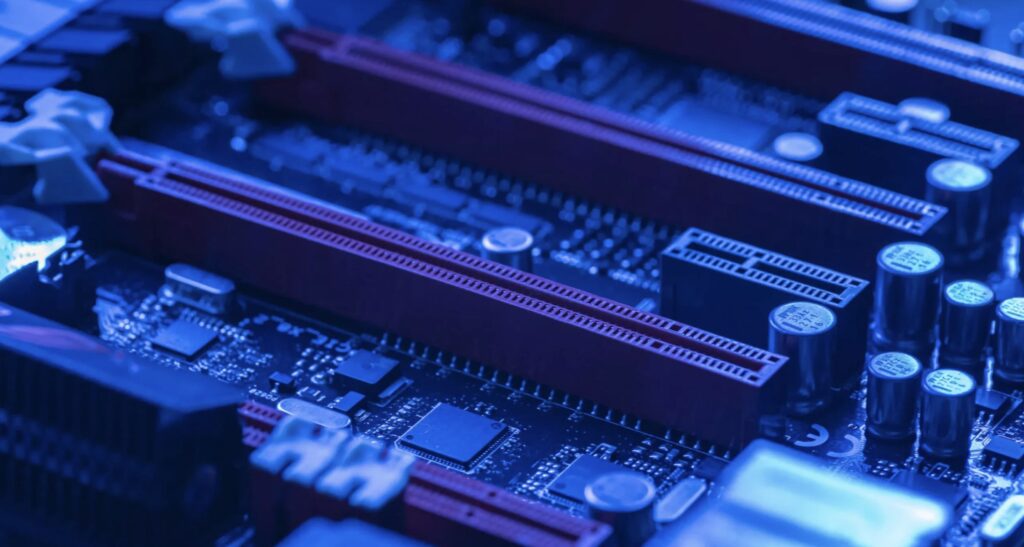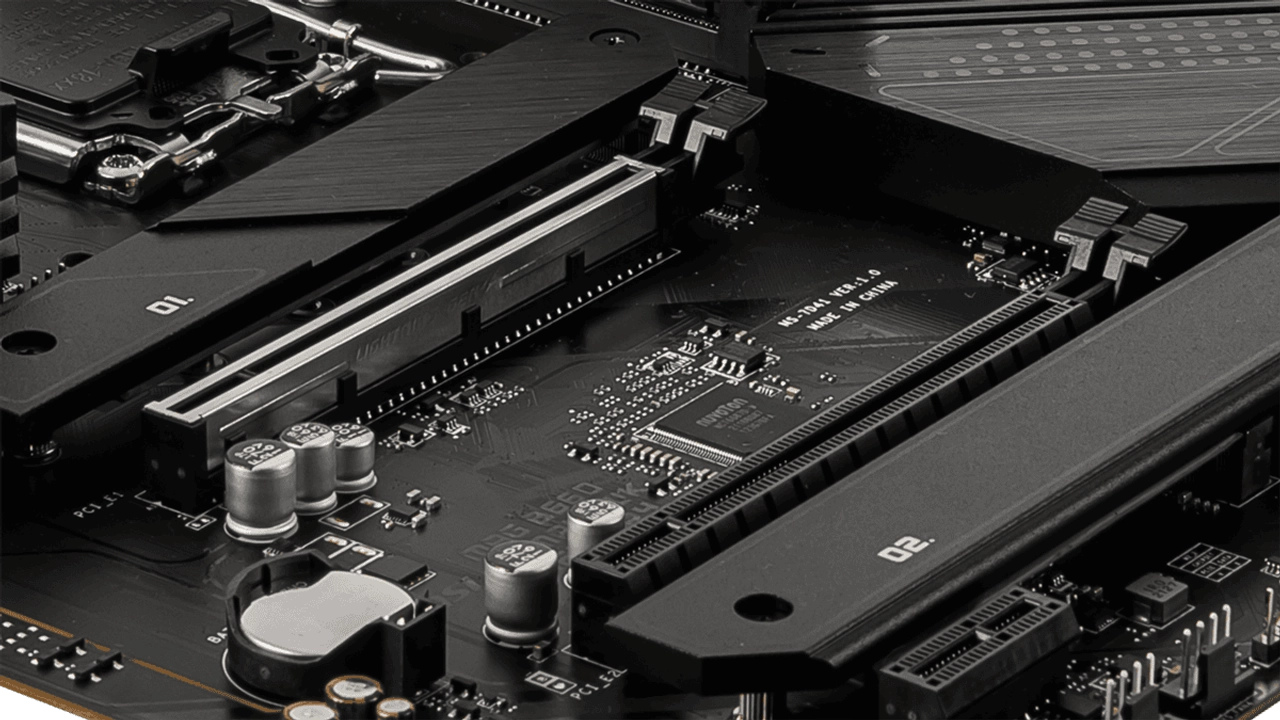
Prepare yourselves, because the future of PCIe technology is hurtling towards us faster than ever before. If you’re still wrapping your head around PCIe version 6.0 or haven’t even upgraded to PCIe 5.0 yet, you might want to brace yourself, because PCIe 7.0 is already looming on the horizon. Even if you’re clinging onto your trusty AM4 motherboard for dear life, you won’t be able to escape the lightning-fast advancements in storage technology.
While PCIe 7.0 is still a bit of a distant dream – the final version of the specification won’t be available until next year – the speeds it promises are truly mind-boggling. Picture this: up to 512 gigabits of data per second racing through your system when utilizing x16 lanes on a fully-open motherboard slot. That’s double the potential speed of PCIe 6 and a staggering four times faster than PCIe 5. These jaw-dropping figures come straight from the Peripheral Component Interconnect Special Interest Group, better known as PCI-SIG, which has released its 0.5 spec for members, as reported by AnandTech.
PCI-SIG has reiterated its ambitious goals for the final version of PCIe 7.0, less than two years after its initial announcement. According to a recent blog post, these goals include delivering a raw bit rate of 128 GT/s and achieving speeds of up to 512 GB/s bi-directionally via x16 configuration, all while utilizing PAM4 signaling and prioritizing factors like channel parameters, reach, low-latency, high reliability, power efficiency, and maintaining backward compatibility with previous PCIe generations.
It’s an undeniably impressive evolution of the PCI Express standard, but let’s face it – it’s so incredibly fast that it’s starting to outpace the needs of the average consumer. Most consumers won’t see immediate benefits from PCIe 7.0’s blistering speeds, especially since current graphics cards and SSDs haven’t fully embraced PCIe 5.0 yet. However, industries with data-intensive demands, such as 800G Ethernet, Artificial Intelligence/Machine Learning, Hyperscale Data Centers, HPC, Quantum Computing, and the Cloud, stand to benefit immensely from this next-level technology.



